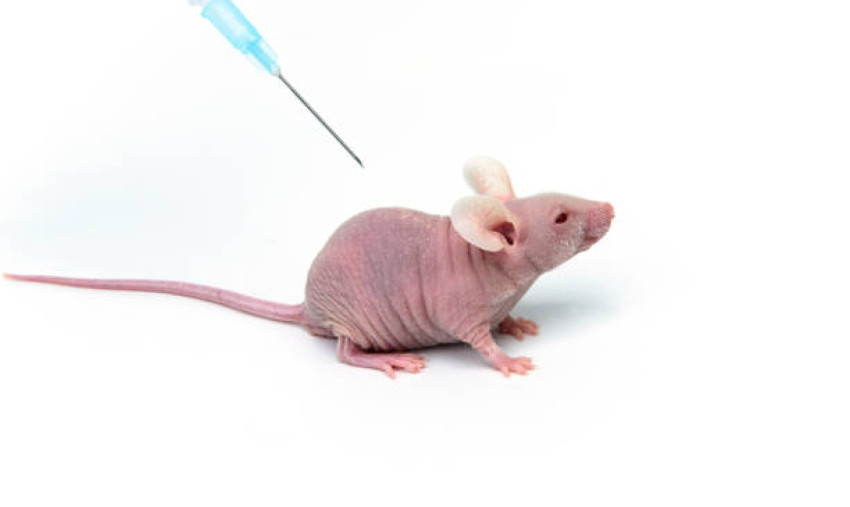
Xenograft animal models, particularly the xenograft mouse model, have become indispensable tools in biomedical research, offering insights into various diseases and potential treatments. In this article, we delve into the advantages, limitations, and applications of xenograft mouse model, shedding light on their significance in advancing medical science.
Understanding Xenograft Animal Models:
Xenograft animal models involve the transplantation of human cells, tissues, or tumors into immunodeficient animals, such as mice, to study disease mechanisms, tumor growth, and therapeutic interventions. Among these models, the xenograft mouse model stands out as one of the most widely used due to its feasibility and reproducibility in preclinical research.
Advantages of Xenograft Animal Models:
Human Tumor Growth in Vivo: Xenograft models allow researchers to observe the growth and progression of human tumors in a living organism, providing valuable insights into tumor biology and therapeutic responses.
Evaluation of Therapeutic Efficacy: Researchers can assess the effectiveness of potential therapeutics, including chemotherapy agents, targeted therapies, and immunotherapies, by monitoring tumor regression or inhibition in xenograft animal models.
Personalized Medicine Development: Xenograft models facilitate the testing of personalized medicine approaches by using patient-derived tumor xenografts (PDX), which retain the genetic and molecular characteristics of the original tumor.
Drug Toxicity Screening: These models enable the evaluation of drug toxicity and side effects in vivo, helping to identify potential adverse reactions early in the drug development process.
Limitations of Xenograft Animal Models:
Immunodeficiency Concerns: Xenograft models rely on immunodeficient animals, which may not accurately recapitulate the immune microenvironment present in human tumors, affecting the interpretation of immunotherapy responses.
Tumor Microenvironment Discrepancies: The absence of human stromal components and immune cells in xenograft models may limit their ability to fully mimic the complex tumor microenvironment observed in human cancers.
Species-Specific Differences: Despite efforts to match host and graft species, inherent biological differences between humans and animals can influence tumor behavior and treatment responses in xenograft models.
Tumor Heterogeneity: Xenograft models may not fully capture the heterogeneity observed within human tumors, potentially oversimplifying the complexity of cancer biology and therapeutic resistance mechanisms.
Applications of Xenograft Animal Models:
Oncology Research: Xenograft models serve as invaluable tools for studying various types of cancer, including breast, prostate, lung, and pancreatic cancer, facilitating the development of novel therapeutic strategies.
Drug Discovery and Development: Pharmaceutical companies utilize xenograft models to screen candidate compounds, assess drug efficacy, and optimize treatment regimens before advancing to clinical trials.
Biomarker Identification: Researchers leverage xenograft models to identify predictive biomarkers of treatment response and resistance, guiding the development of biomarker-driven precision medicine approaches.
Cancer Stem Cell Studies: Xenograft models enable investigations into cancer stem cells and their role in tumor initiation, progression, and therapeutic resistance, offering insights into potential targets for intervention.
Infectious Disease Research: Beyond oncology, xenograft models are employed in infectious disease research to study viral pathogenesis, vaccine development, and antiviral therapies.
Exploring Theraindx for Xenograft Animal Models:
Theraindx is a leading provider of xenograft animal models, offering a comprehensive portfolio of patient-derived xenograft (PDX) models for preclinical research. With a focus on fidelity to human tumors and robust experimental protocols, Theraindx facilitates translational research efforts across various therapeutic areas.
In conclusion, xenograft animal models, including the xenograft mouse model, play a pivotal role in advancing our understanding of disease biology, evaluating therapeutic interventions, and accelerating drug discovery efforts. Despite their limitations, these models continue to be invaluable tools in preclinical research, driving innovation and paving the way for improved patient outcomes in clinical practice.





